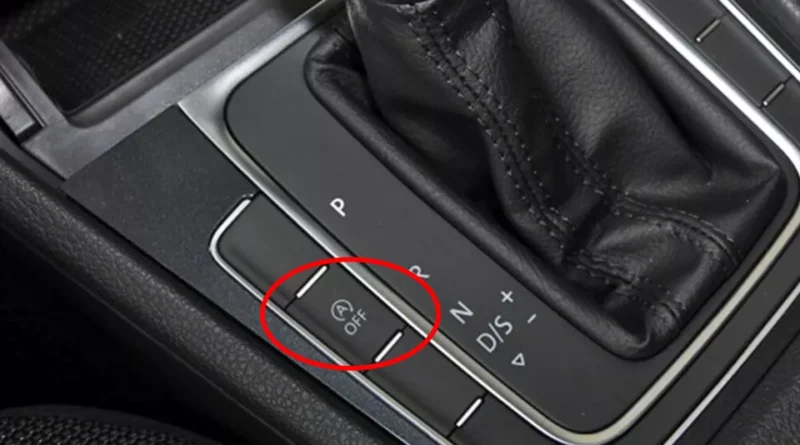Guide What is Stop-Start System
In this comprehensive guide, we will delve into the mechanics, benefits, and considerations of what is stop-start system. The automotive industry is continuously evolving to meet the demands for more fuel-efficient and environmentally friendly vehicles. One such innovation that has gained significant traction is the stop-start system. This technology, which automatically shuts down and restarts the engine when the vehicle is stationary, plays a crucial role in reducing fuel consumption and minimizing emissions.
Understanding Stop-Start Systems
What is a Stop-Start System?
A stop-start system, also known as an idle-stop system or auto stop-start, is a feature in many modern vehicles designed to reduce fuel consumption and emissions by automatically turning off the engine when the vehicle comes to a complete stop and restarting it when the driver is ready to move again. This technology is especially beneficial in urban driving conditions, where frequent stops at traffic lights and in heavy traffic are common.
How Does It Work?
The stop-start system operates through a combination of sensors, advanced electronics, and engine management systems. Here’s a step-by-step look at how it functions:
- Detection: The system detects when the vehicle is stationary, such as at a red light or in a traffic jam.
- Engine Shutoff: Once the vehicle is stopped and the brake pedal is pressed, the engine automatically shuts off.
- Restart: When the driver releases the brake pedal or engages the clutch (in manual transmissions), the engine automatically restarts, ready for the vehicle to move.
This process is seamless and designed to be barely noticeable to the driver and passengers.
Benefits of Stop-Start Systems
Fuel Efficiency
One of the primary benefits of stop-start systems is improved fuel efficiency. By turning off the engine when the vehicle is idling, the system reduces fuel consumption, particularly in city driving conditions. Studies have shown that vehicles with stop-start systems can achieve fuel savings of up to 10%.
Reduced Emissions
Stop-start systems also contribute to lower emissions. By minimizing the amount of time the engine spends idling, these systems reduce the production of harmful pollutants, including carbon dioxide (CO2), nitrogen oxides (NOx), and particulate matter. This is especially important in urban areas, where traffic congestion can lead to increased air pollution.
Extended Engine Life
Frequent idling can contribute to engine wear and tear. By reducing the amount of idling time, stop-start systems can help extend the life of the engine and its components, leading to lower maintenance costs over time.
Cost Savings
The combination of improved fuel efficiency and extended engine life translates to cost savings for vehicle owners. Reduced fuel consumption means lower fuel expenses, while less frequent maintenance can also reduce overall ownership costs.
Considerations and Challenges
Battery and Starter Motor
Stop-start systems place additional demands on the vehicle’s battery and starter motor. These components must be robust enough to handle the frequent engine starts and stops. As a result, vehicles equipped with stop-start systems typically use enhanced batteries, such as absorbent glass mat (AGM) or enhanced flooded batteries (EFB), which are designed to withstand the increased load.
Driver Experience
While stop-start systems are designed to operate smoothly, some drivers may find the frequent starting and stopping of the engine to be noticeable. Manufacturers have worked to refine these systems to ensure a seamless and quiet operation, but individual perceptions can vary.
Climate Control
In vehicles with stop-start systems, the climate control system (air conditioning and heating) may be affected when the engine shuts off. To address this, some systems are designed to keep the climate control running using battery power, while others may restart the engine if the cabin temperature deviates significantly from the set point.
System Deactivation
In certain situations, such as heavy traffic or stop-and-go driving, drivers may prefer to deactivate the stop-start system. Most vehicles equipped with this technology allow drivers to manually turn off the system if desired.
Conclusion
The stop-start system is a noteworthy advancement in automotive technology, offering significant benefits in terms of fuel efficiency, reduced emissions, and cost savings. As more manufacturers incorporate this feature into their vehicles, it is poised to play an increasingly important role in the quest for greener, more sustainable transportation. Whether you’re an eco-conscious driver or simply looking to save on fuel costs, the stop-start system is a feature worth considering in your next vehicle purchase.
Buying a used VW. Buying used vauxhall, BMW, Jaguar, Ford, Volvo, Range rover, Bentley, Aston Martin, Porsche, Ferrari, Lamborghini, Maserati, Hyundai, Tesla, Honda, Pagani

